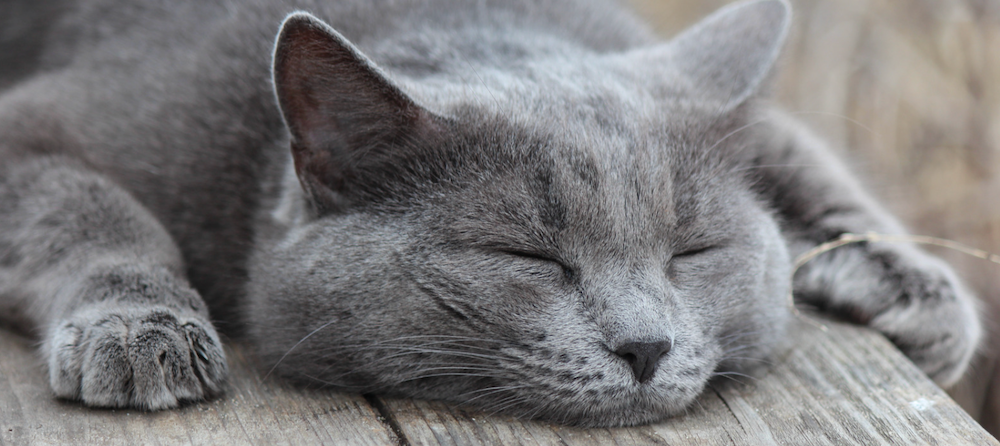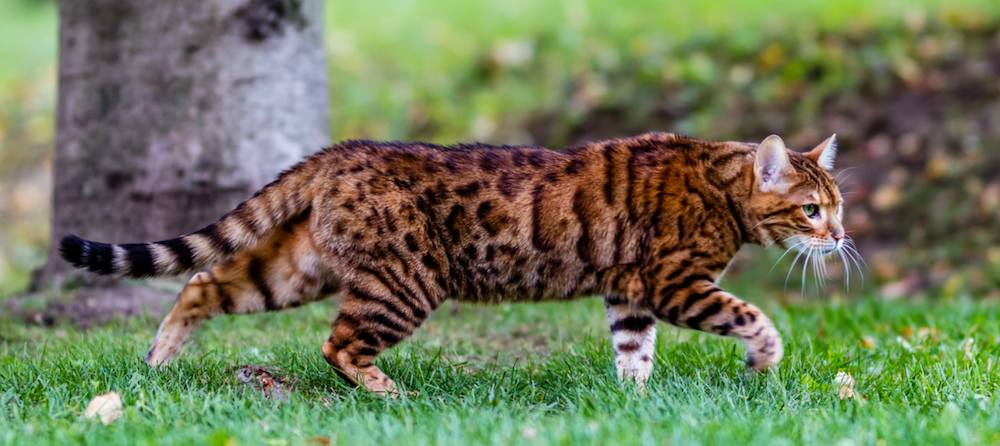The sounds and sights of hairballs are part of every cat owner's life! Known technically as trichobezoars, hairballs are tubular shaped wads of woven downy fur moistened with stomach juices. They are gagged or wretched up after noisy, agonizing efforts, with the cat in a crouched position, head extended. And they always seem to be deposited on the new carpet, or other undesirable spot. I once slipped my foot into my shoe, only to draw back in revulsion because Spice had left me a fresh one!
Why Do Cats Get Hairballs?
Cats have a very specialized tongue with barbed papillae, as I'm sure you have felt at some point; entirely different from the smooth surface of a dog's tongue. Cats are extremely fastidious groomers and with each brush of the tongue, they comb the loose downy hairs and ingest them. Hair is not digestible. It will pass through the digestive tract and end up in the stool. During heavy shedding seasons, the volume of hair may be too great to leave the stomach and it will knit together into a hairball. This is an irritant to the lining of the stomach and will trigger the vomiting/gagging reaction to empty the stomach.
Hairballs are quite routine, sometimes weekly events, in longhaired cats such as Persians or Maine Coon cats. Other cats with skin or coat troubles such as allergies; or groom excessively, may have frequent hairballs.
Serious side effects
Hairballs occasionally pass out of the stomach and can cause a blockage in the intestinal tract. You may find undigested food regurgitated, because of the blockage. As the cat becomes more dehydrated, he will stop eating and become weaker. Veterinary intervention should be sought if these signs have been present for 48 hours. Often, hydration with subcutaneous fluids will make things right. Constipation may also develop from excessive hair ingestion and again, hydration should be a help. In some cases, enemas are needed to evacuate the hairball. Rarely, surgery will be indicated.
Vomiting and gagging can be signs of other more serious diseases such as asthma, heartworm disease, kidney disease, pancreatitis, inflammatory bowel disease or even cancer. If your cat is not producing hairballs after the vomiting episodes, he will need a good physical exam and more advanced workup such as lab work and x-rays.
Prevention and Treatment of Hairballs
The very best, though not always easiest, is to help your cat groom. Weekly brushing of shorthaired cats and daily brushing of longhaired cats, especially in the spring, really will reduce the amount of hair the cat ingests. Consult with a groomer or veterinarian about the best tool to use. Start slowly and gently—it will amaze you how much hair you can remove. Some longhaired cats may need to be shaved in a "lion cut" if brushing is not successful and the hair becomes matted. As cats age, they have more trouble reaching their back and you may find matted hair that needs to be clipped or shaved off.
The age old remedies using lubricants are common—from cod liver oil flavored gels to a dab of petroleum jelly on the nose or paw. The idea of these is that the hair will slide more easily through the digestive tract.
Dietary management
More recently, dietary management has been used for hairball prevention. The addition of natural fibers such as beet pulp and cellulose to cat food is meant to mix with the hair in the stomach and prevent the hair from matting, thus allowing it to pass on through. Surprisingly, many cats like canned pumpkin and this will have the same benefit to keep things moving through the intestinal tract. This also adds liquid to the diet which is very beneficial. Finally, omega-6 fatty acids are added to some cat foods to improve the coat condition.
It may take some combination of remedies for your particular cat, but it will certainly be worth the effort to make life more comfortable for everyone!
Guest post by Louise Burpee, DVM. This article originally appeared in the Summer 2016 issue of Southern Paws & Tails, South Carolina's quarterly magazine for pet lovers. It encourages responsible pet care and promotes the rescue and adoption of shelter pets. They offer up-to-date, valuable information about the health and well-being of dogs and cats from reliable sources, reputable organizations, and animal specialists.




